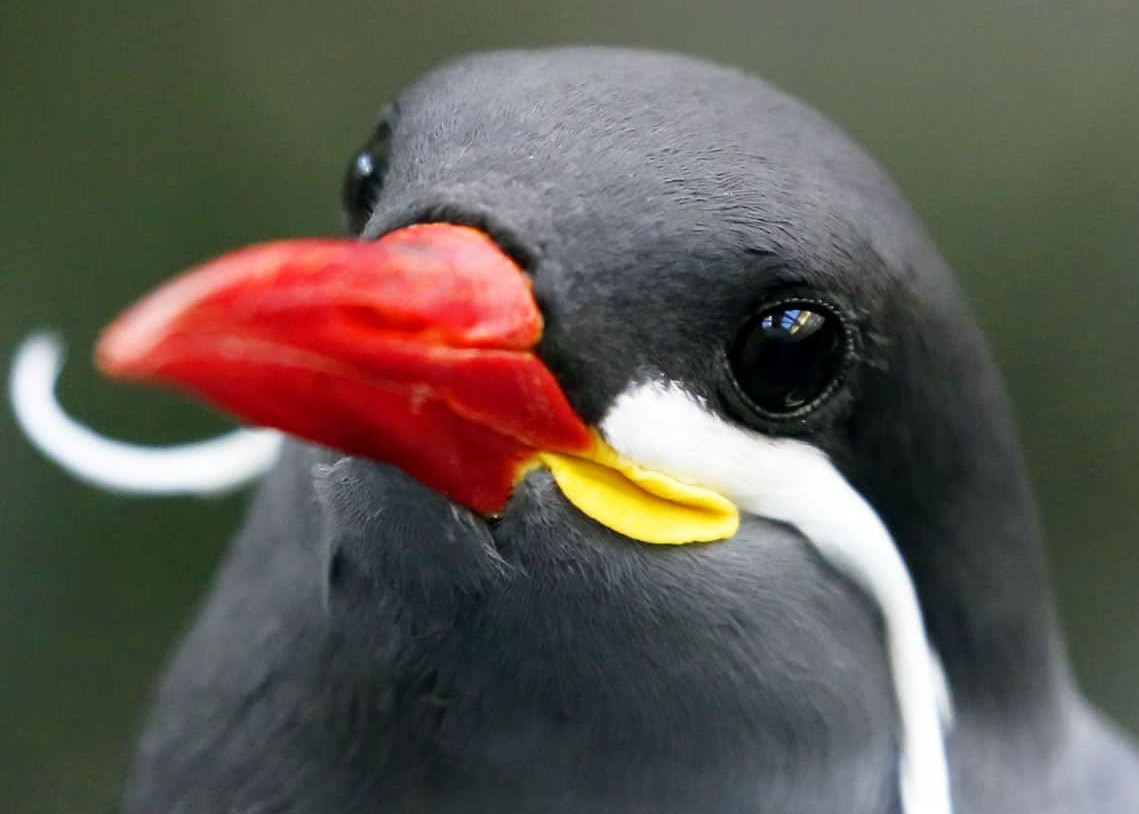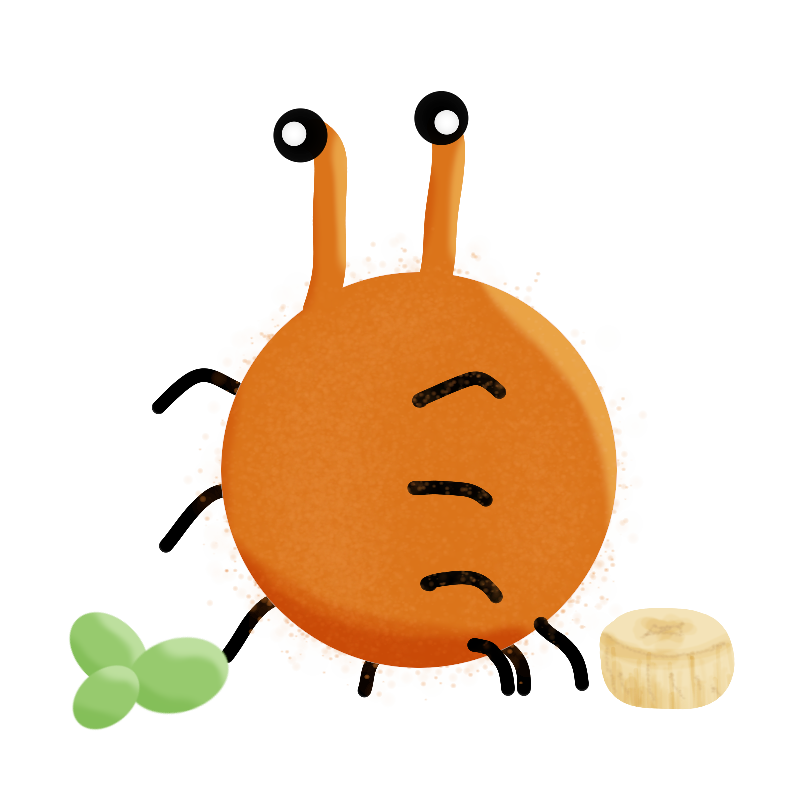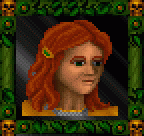Titanic Tortonid
Titanic tortonids are an aptly named species of tortonid, native to planet Norrab. These massive animals are some of the largest on Norrab, easily the largest singular land animal. Their impressive size is still rivalled by other organisms in their habitat, such as titan trunks, massive colonial cnidarians.
Their size makes it difficult for these animals to manouvre. Thankfully, they have no predators to worry about; only the blazing sun that sits above. Titanic tortonids may have long legs, but they cannot lay flat on the ground. To rest, they will terraform the ground to create a flat surface for them to comfortably rest on, their legs dangling either side.
Titanic tortonids drink water through the tops of their heads, through a tiny hole known as a pivel. This hole is a unique adaptation only seen in a handful of animals.
They lumber through the desertified terrains of Aridara, making a few steps every hour. These animals are some of the slowest on Norrab, despite their size.
The sheer size of their shells make for great housing. Some inhabitans of Norrab carve out the shells of deceased tortonids, which prove incredibly sturdy against planktonic storms.
Taxonomy
Titanic tortonids are the type species of the genus Tortonis. They fall under the order Testudines, commonly known as tortoises. These tortoises belong in the family Tortonidae, characterised by their gigantic size and complex shells.
They share two relatives in the same family, on Norrab. Two-faced tortonids and terra torts are both native to the Sian Lowlands, alongside titanic tortonids, but barely reach a fifth of this species' height.
Phylum: Chordata
Class: Reptilia
Order: Testudines
Family: Tortonidae
Genus: Tortonis
Species: T. titanis
Subspecies
Common Titanic Tortonid
The most common subspecies, found across the species' native range.Silver Titanic Tortonid
A rare subspecies, identified by a slightly silvery shell. Found around the Looming Desert.Anatomy
Titanic tortonids are impossible to misidentify, thanks to their size and shell. Their shell is the most impressive and notable feature of this species. The inside of the shell is a lattice of bones, with the ribs sitting comfortably behind a wall of bone. The shell is aerated and bones are hollow, which greatly reduces its weight and makes locomotion much easier for these tortoises.
This species is much smaller without the shell. It is capable of absorbing different types of energy, transforming it into kinetic energy that can be deflected, used to combat against predation.
The arms and legs of this species are incredibly flimsy, prone to dislocation, fractures, and breaks. For that reason, these animals are incredibly careful in where they step, and walk far slower than they are capable of going, to avoid mis-steps.
These tortoises have three small tails, used to court others of the species. Male tortonids have been seen courting both males and females, and females have been seen doing the same.
Diet
So, you see those titan trunks with half a cap? Looks like a tortonid came through and ate it. Fascinating animals.
Titanic tortonids have two large mandibles, flexible, used to break apart its food sources. This species typically feed on whatever large organisms are avaible, whether it be gigantic tree species or titan trunks.
They are one of few tortoise species that can consume meat, and have been known to catch the occasional bird in their mouths.
These colonial organisms don't provide much in terms of nutrition, but their abundance makes up for it.
Some tortonids have been recorded gathering in small herds, ripping up large plants from the ground using their tails, and feeding each other in a large circle. This communal practice provoked the idea that these animals are much smarter than originally thought.
Reproduction & Growth
Due to these tortonids not being able to sit down, females of this species deposit eggs into a large bush, typically a red bunglebush. These gigantic plants grow up to twenty metres in height, with incredibly soft, cushioning leaves.
Unfortunately, many of these eggs do not make the fall. These eggs attract predators, feasting on broken shells and spilled yolks.
Baby tortonids must fend for themselves immediately upon hatching. Born precocial, their first instinct is to search for water. When born, babies are covered in a silky film that quickly hardens within the heat of the day. They hatch during the night, and it is a race to find a water source to rinse off this film before the sun rises.
Those that do not survive are picked off by predators. Those that survive lead on to incredible lifespan, upwards of six hundred years.
And here we have, a mother titanic tortonid, laying her eggs within her nest. The nest is simple; she finds a large bush that looks soft enough for her eggs to gently sink into. The babies will hatch six weeks later, after incubating in the warmth of the foliage. The babies immediately have to fend for themselves, as they are easy prey for countless predators in the region.














LOVE this article, and your illustrations are so beautiful! <3
Thank you so much! I've been drawing a lot for Summer Camp, and it's been so much fun :D